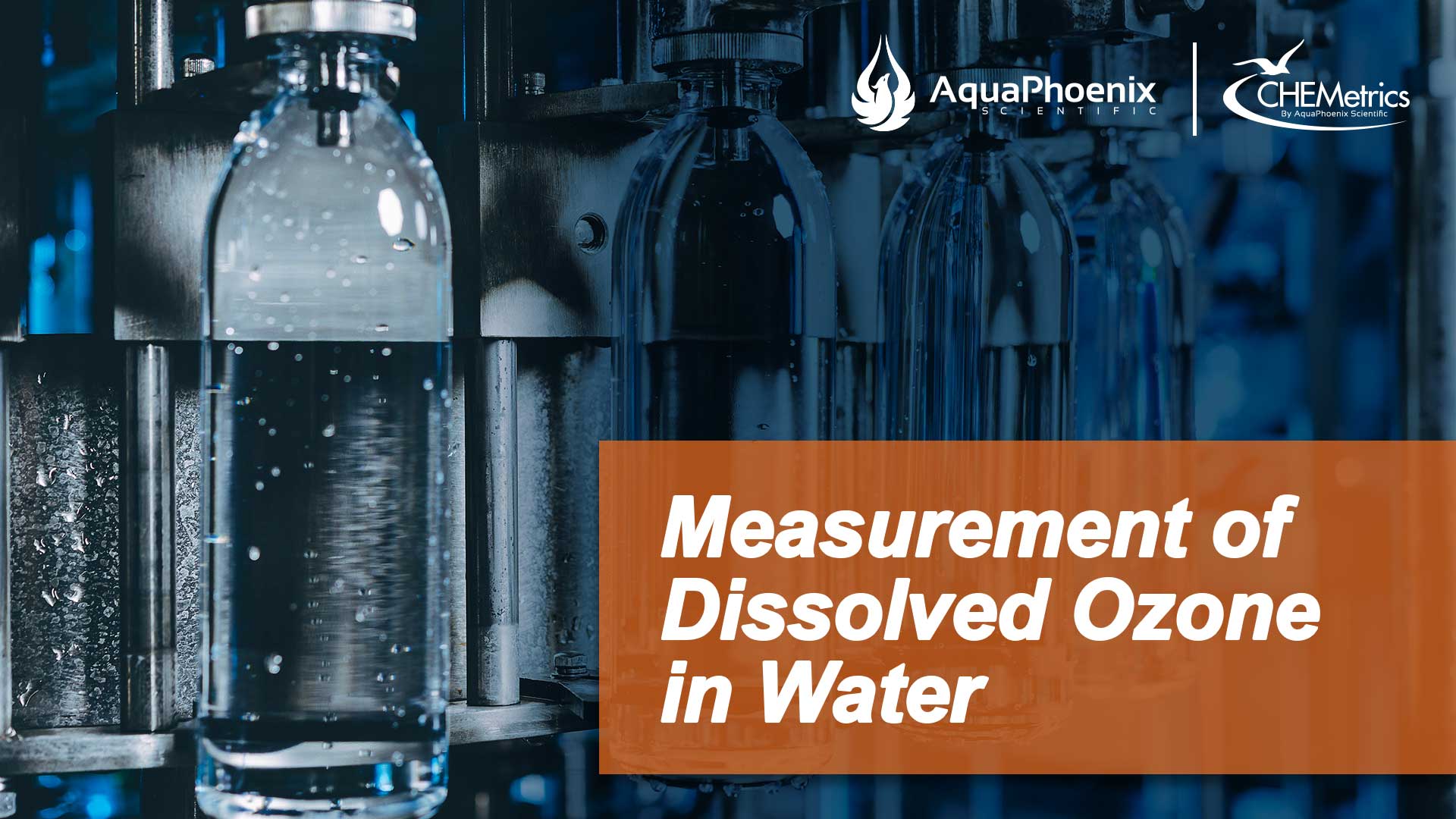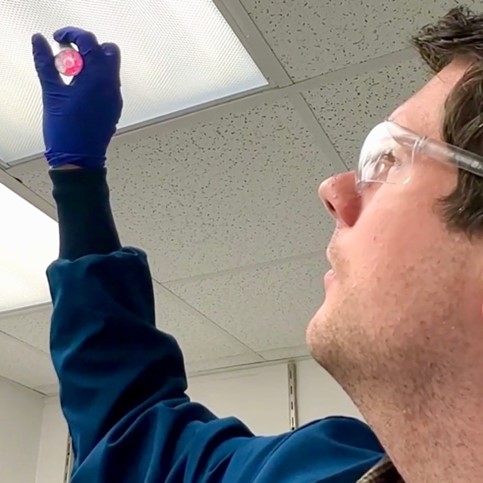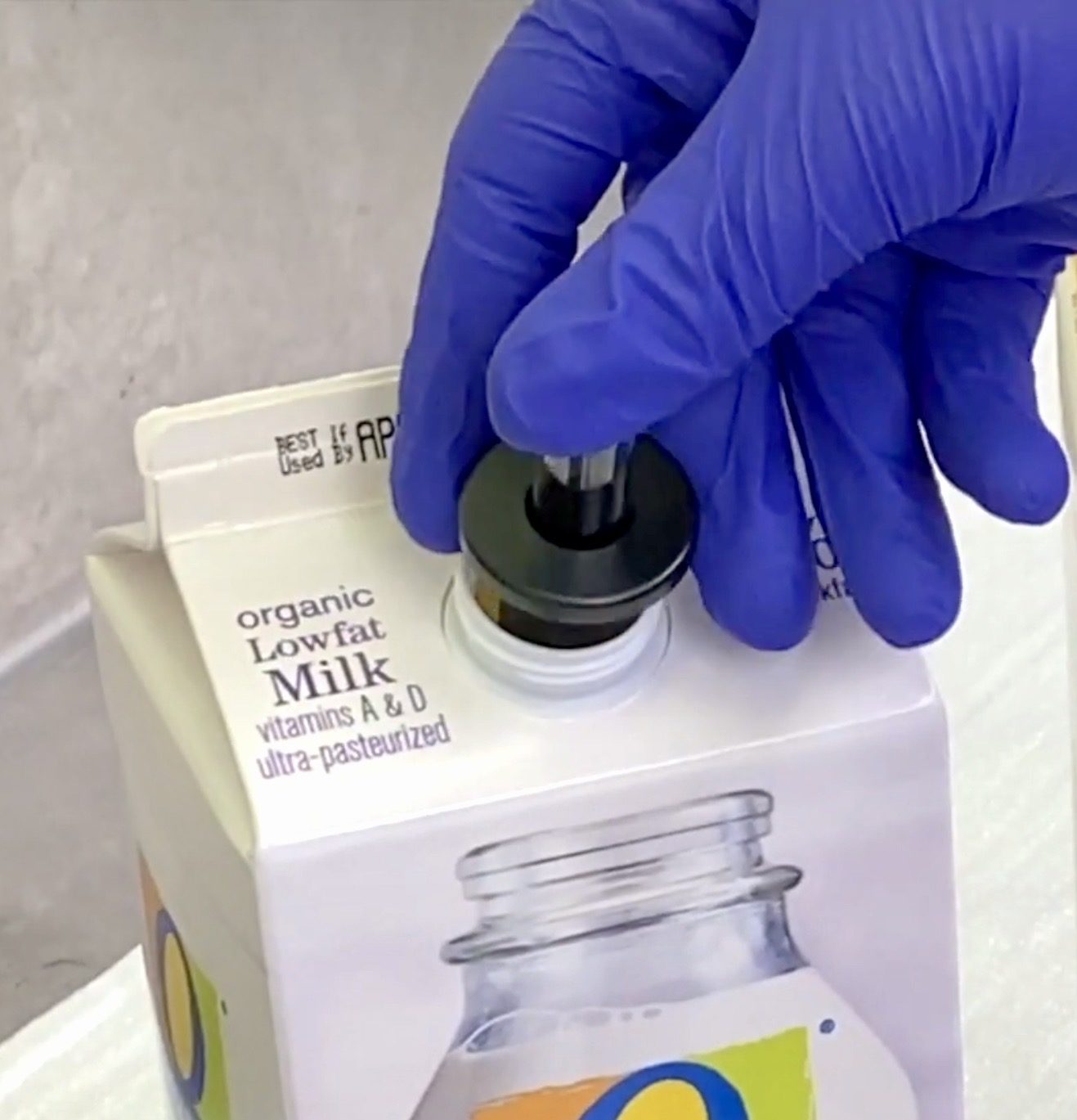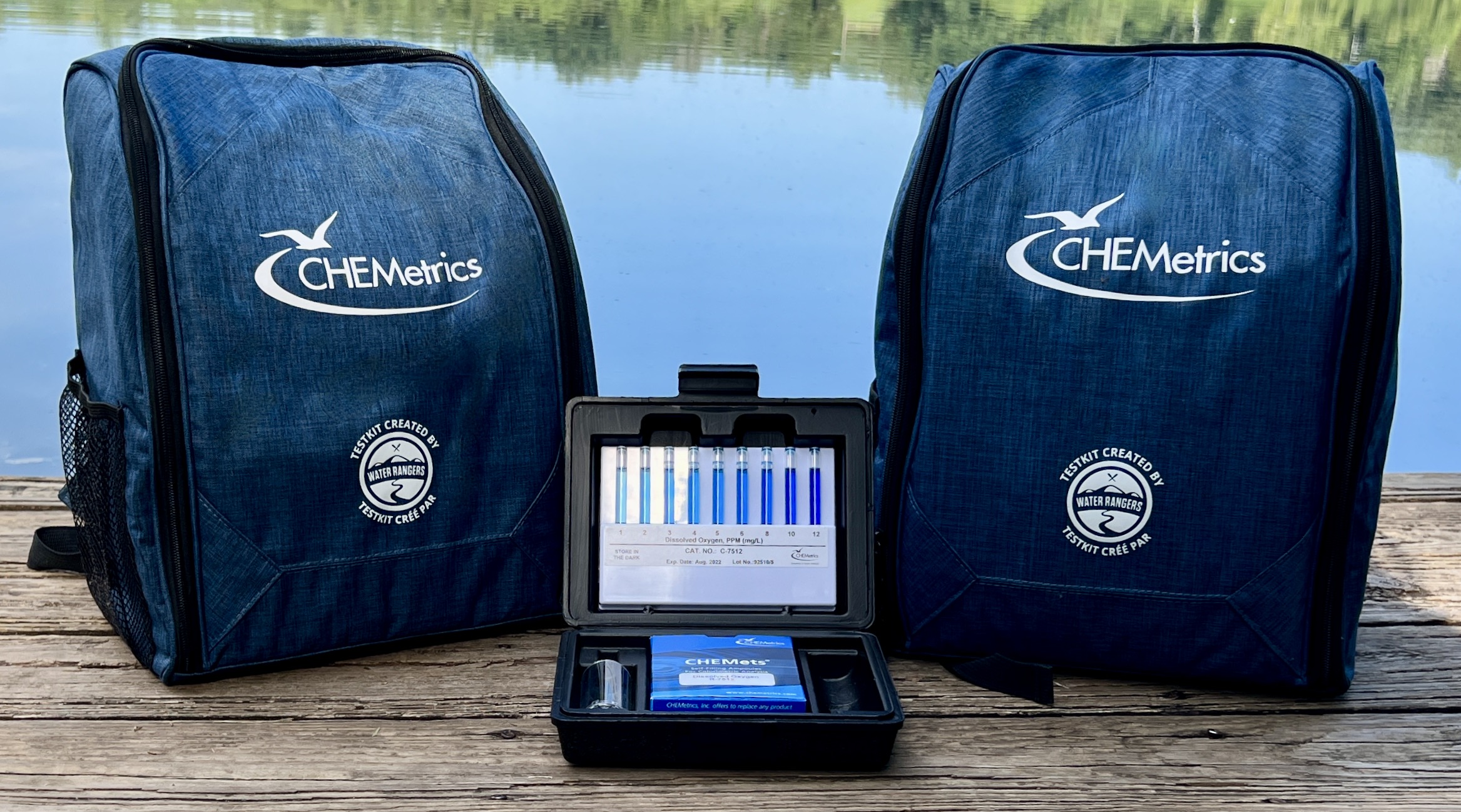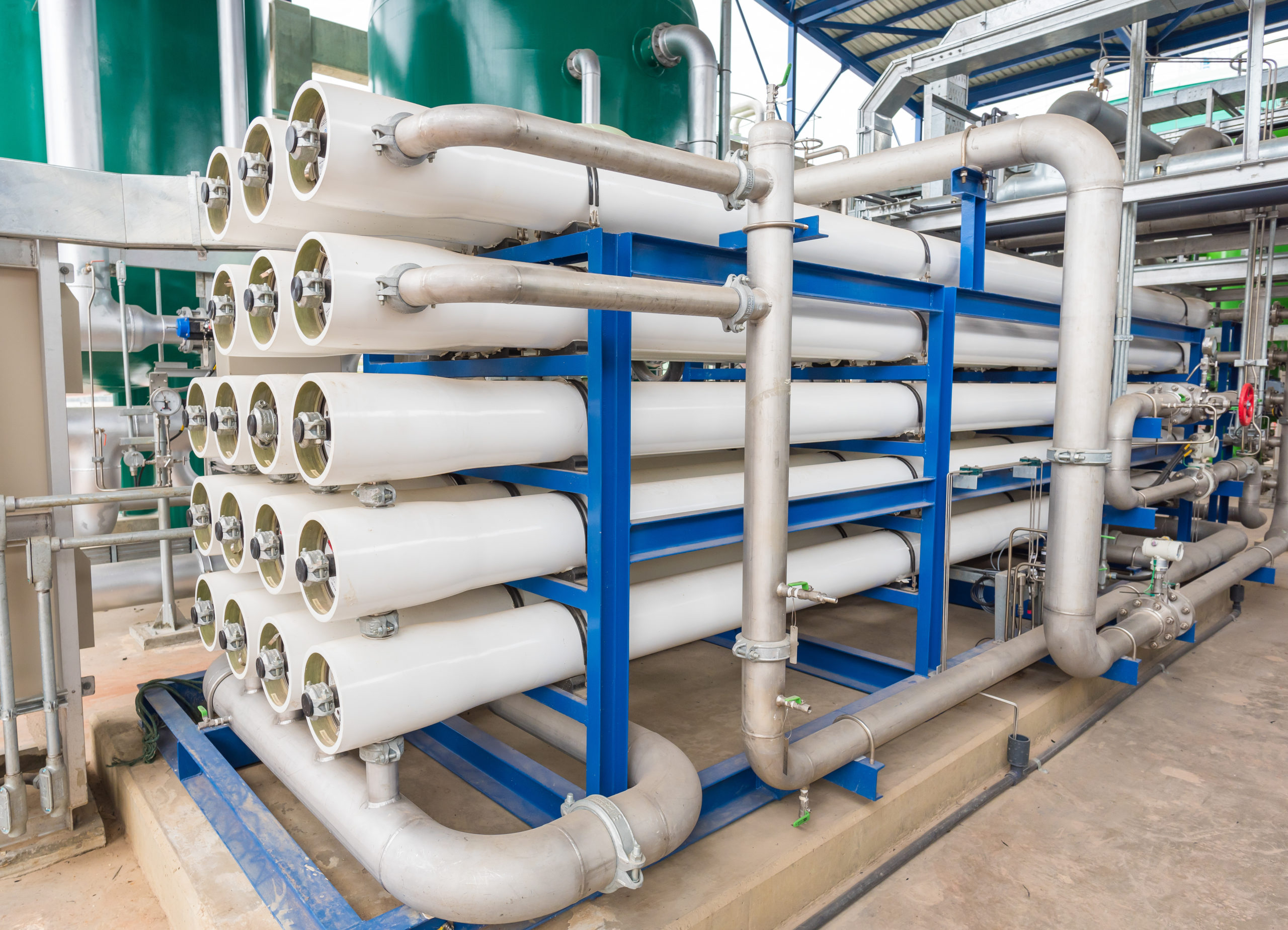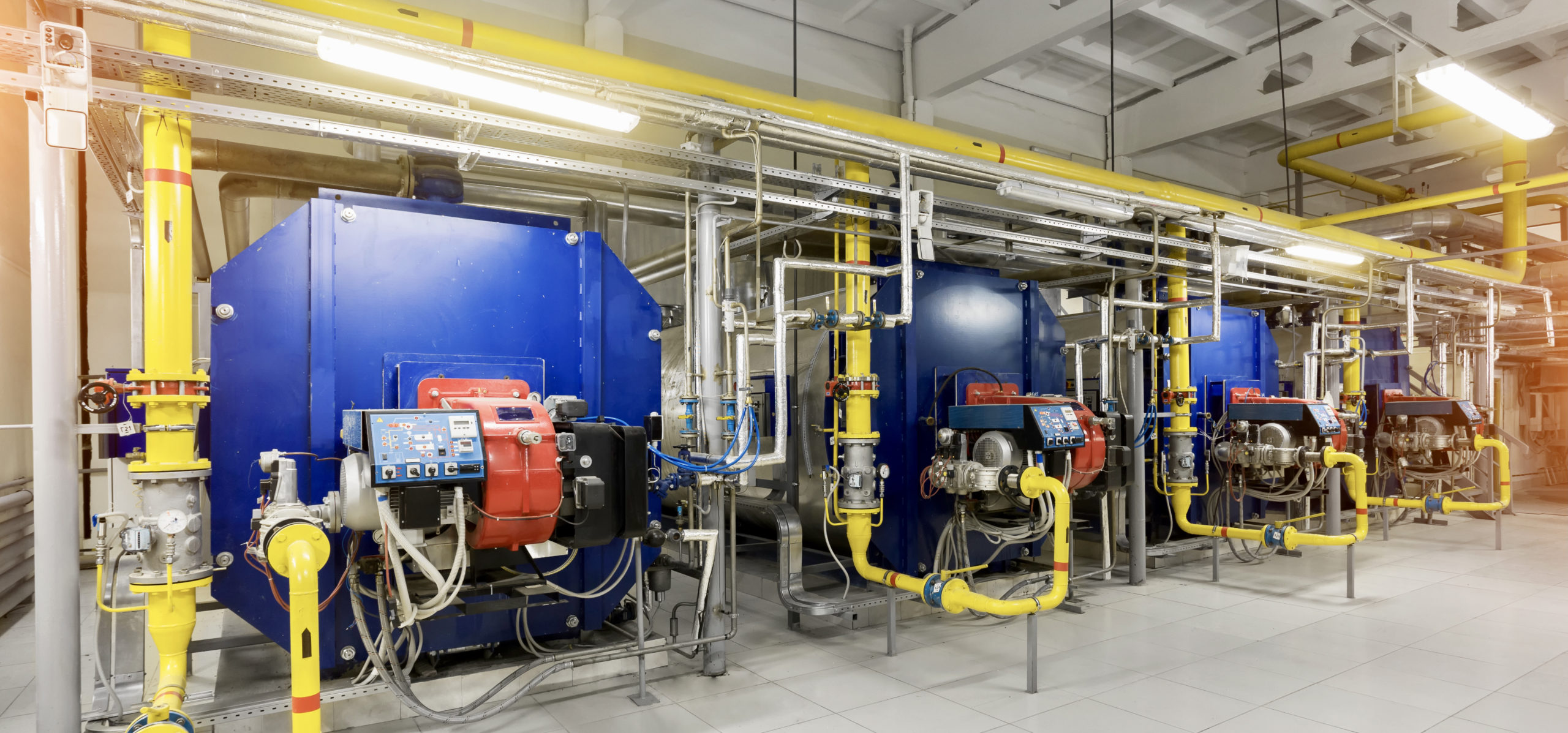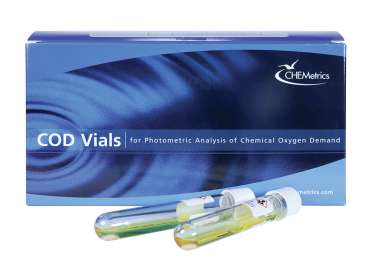Why Measure Ozone in Water? Ozone (O3) treatment has become an important tool for water quality engineers. As new more stringent requirements from regulators and customers must be met, ozone is often the oxidizer and disinfectant of choice for a wide range of process applications. Ozonation is used for viral, bacterial, and parasitic disinfection, the…
Articles
How to Run a CHEMetrics COD Test
What Is a COD Test? A Chemical Oxygen Demand, or COD test, measures how much dissolved oxygen (DO) is consumed by the oxidation of organic matter and inorganic compounds such as ammonia or nitrite under controlled conditions. COD is widely recognized as an indicator of wastewater influent and effluent quality. COD analysis is typically performed…
How To Read a CHEMetrics Comparator
What Is a Comparator? A comparator is a set of sealed ampoules containing color standards made of dye mixtures that closely match the color (hue) and intensity of CHEMetrics test ampoules when the tips are snapped in solutions of corresponding analyte concentrations. By sealing the dyes in ampoules, we can more closely recreate the color…
Food and Beverage Industry: Measurement of Hydrogen Peroxide at Critical Control Points
Food and beverage packaging takes many shapes and forms in today’s marketplace. In an effort to maintain grocery shelf-life and flavor quality, these products are processed and assembled by sophisticated packaging equipment that has evolved away from traditional bottling and canning methods. Systems of quality control in the food and beverage industry have become more…
Monochloramine As A Disinfectant In Water
Water disinfection is a key step in water treatment for the wastewater and drinking water industries. Disinfection renders dangerous pathogens inert, preventing disease. While every water utility has its own method for disinfecting water, chlorine and monochloramine are two of the most common chemicals used for water disinfection. Many people are familiar with chlorine, but…
You Can Help The Environment By Testing Water
September 2022 Water Testing for Everyone As protecting the environment becomes an increasingly popular topic, more of us are wanting to get involved. When searching for ways to get involved many people think of litter clean up, recycling, and conservation efforts, but many may not be aware how they can make a difference by testing…
The Application of Oxidants in Seawater
The Application of Oxidants in Seawater November 2021 Seawater Disinfection The disinfection of seawater is required for numerous applications, including desalination, ballast water, aquaculture, seawater pools/spas, and in cooling towers. Each application has specific considerations that are best met by a particular disinfectant, usually an oxidant. The oxidants include chlorine, bromine, chlorine dioxide, ozone, peracetic…
Alkalinity of Natural Waters and How It Is Measured
Water Alkalinity The alkalinity of water is a measurement of its buffering capacity, which is its ability to neutralize acid or to resist acidification. In contrast, pH is a logarithmic scale for expressing Hydrogen (H+) ion concentration. A solution of pH 7.0 is considered to be neutral, whereas a solution above pH 4.5 is considered…
The Use and Testing of DEHA (N,N-Diethylhydroxylamine) In Boilers
What is DEHA? Dissolved oxygen in boiler system water causes corrosion and pitting of metal surfaces, which can lead to boiler inefficiency, equipment failure, and system downtime. N,N-Diethylhydroxylamine (C2H5)2NOH, or DEHA, is a volatile amine commonly used for oxygen scavenging in a variety of boiler systems. Hydrazine was once in widespread use as a boiler…
Oxygen Demand: Distinguishing COD and BOD Methods of Analysis
Introduction Oxygen demand measurements are used to estimate water pollution levels entering and leaving wastewater treatment and industrial facilities. Particularly close attention is paid to effluents as high oxygen demand levels indicate a danger to aquatic life. Since treatment facilities are considered point sources, they are regulated under the Clean Water Act (CWA) which in…


